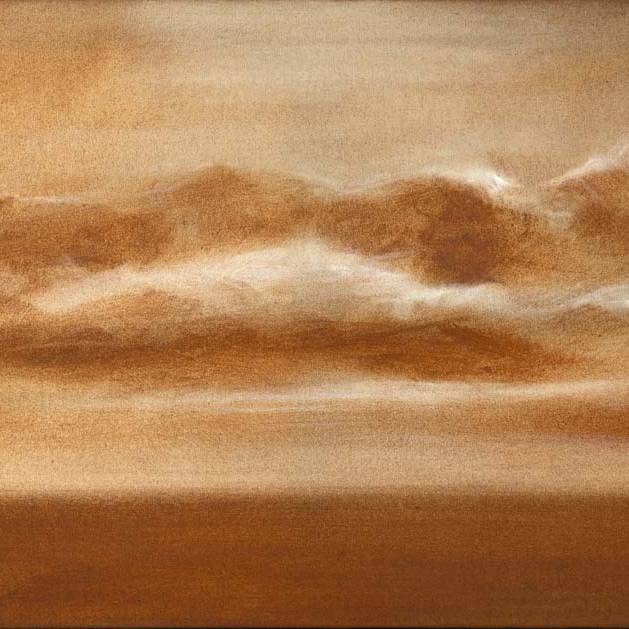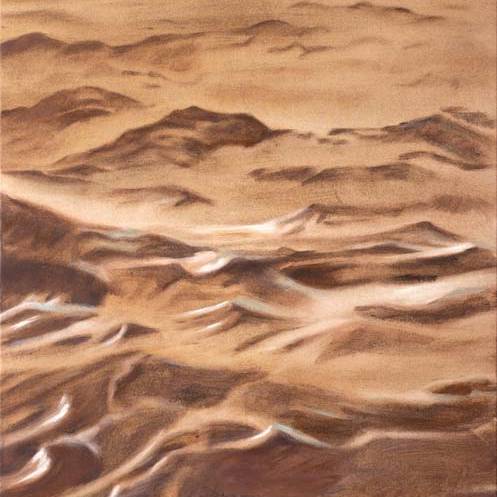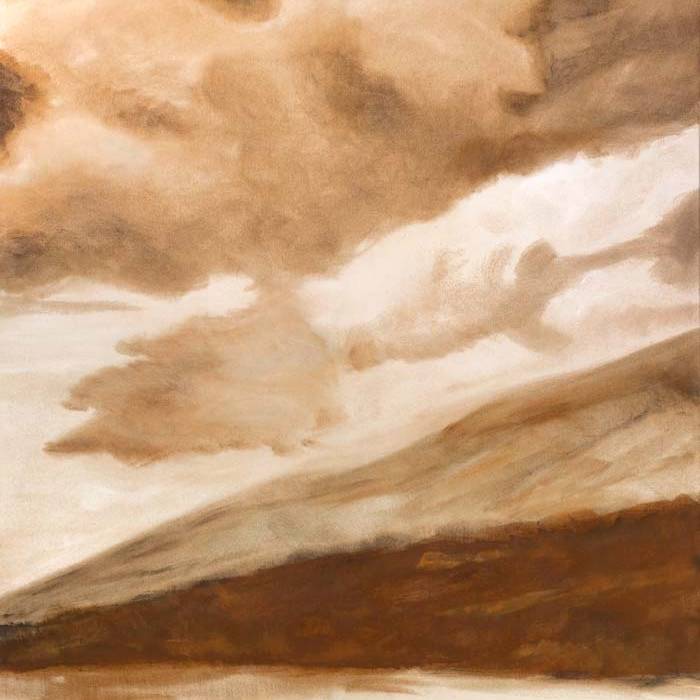The power of silence
Minimalism
Sometimes it is important to simply pause for a moment. Whether it’s during a quiet walk, in meditation, in prayer, or by withdrawing and doing things that help us reconnect with ourselves. A retreat into silence.
For the artistic process, this retreat is essential. Comparable to the phenomena of nature that remind us that before every bloom, there is a phase of silent growth. That before every flood, the ebb can transform the beach into a very calm place, and that the first bird songs at dawn break the silence of the night.
The artist finds his way, so to speak, through silence into the mentally creative world. Picasso once said, “That’s why painters live so long. While I’m painting, I leave my body outside the door, like Muslims leave their shoes outside the mosque.”
With this, he consciously or unconsciously addresses two things. On the one hand, the mentally creative world of silence, and on the other hand, the space of creativity that the artist creates in order to be able to engage in artistic activity at all. Both spiritually and materially.
The studio as a place of creation, as a threshold into the immaterial world, whose effects become visible in the material world through the artist’s work.
The name Rustscape is a neologism derived from the words “Rust” and “Landscape.” A colorless, heavily diluted acrylic binder is used as a painting medium, into which finely ground iron dust is incorporated depending on the desired color intensity. The first experiment with this technique was carried out with the help of sun and rain. The treated canvases were exposed to the whims of nature on the balcony of the studio for days and weeks.




